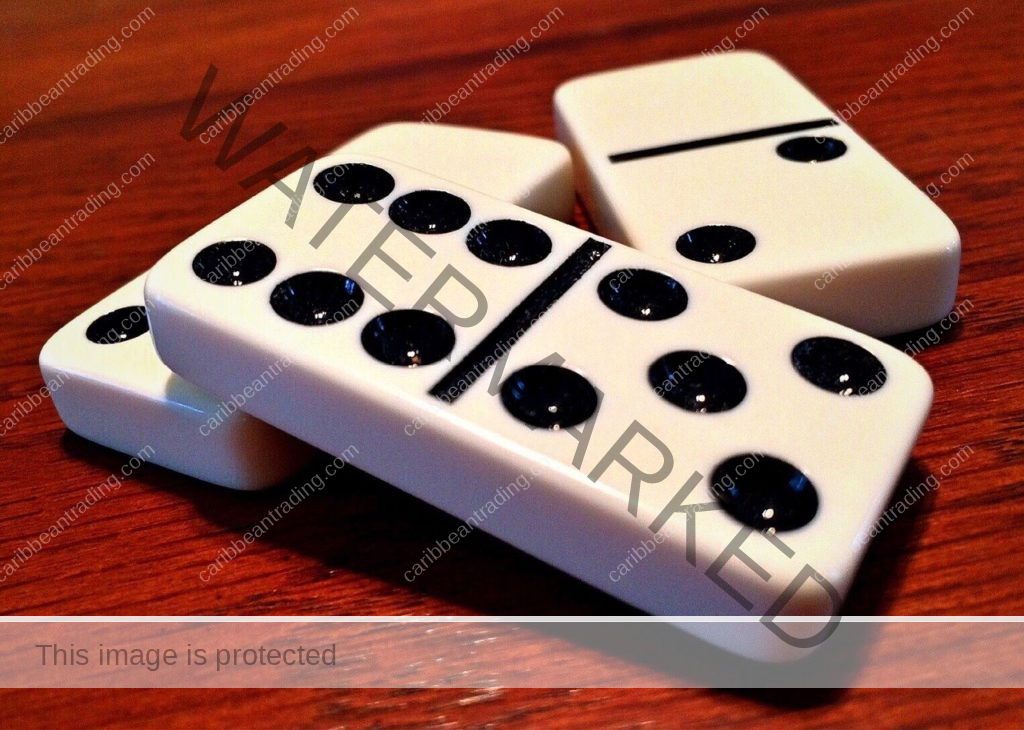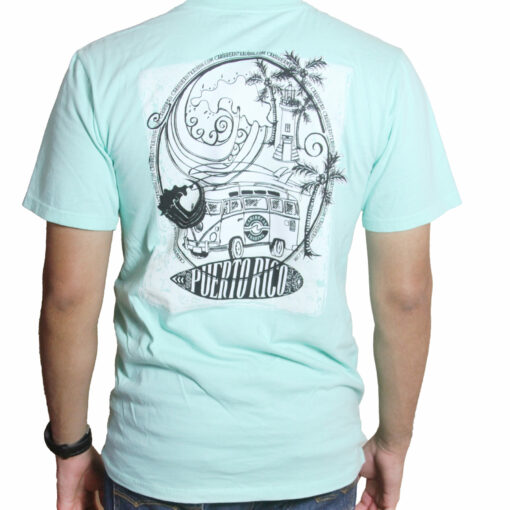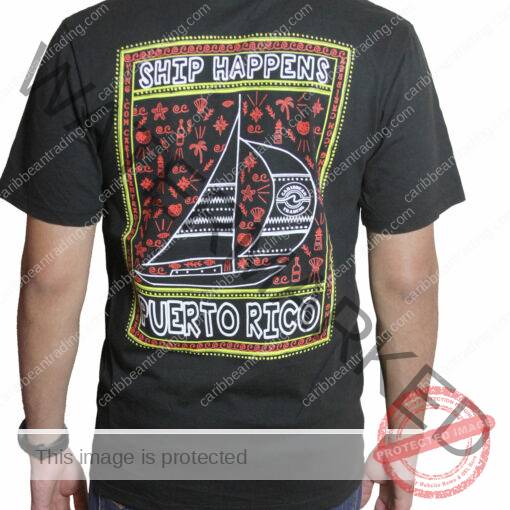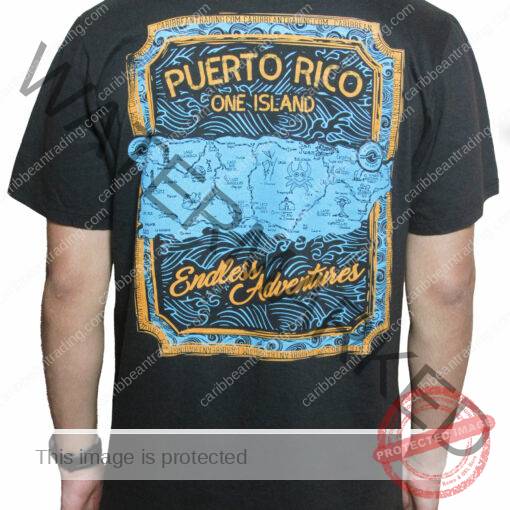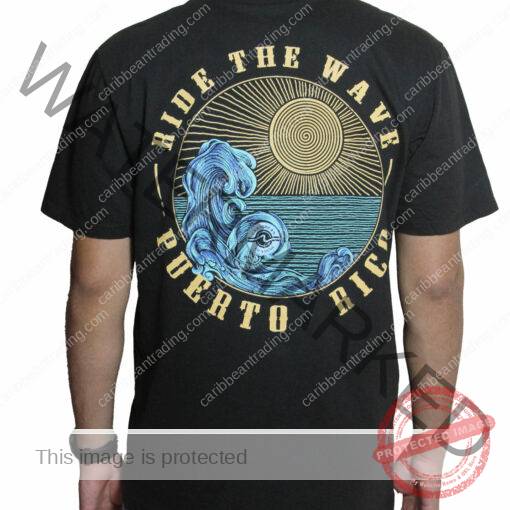Caribbean Lifestyle, Caribbean Trading Company News, Kids, Puerto Rico
Puerto Rico Dominoes Rules
Puerto Rico Dominoes Rules
*Fun fact: Dominoes is best played on a full stomach. Check out our online shop for hot sauces, seasonings and other Caribbean treats.
Dominoes is a quintessential game played throughout the Caribbean. Each island has it’s own dominoes rules and traditions. For example, in Cuba it is popular to play with Double 9 Dominoes. In Puerto Rico, we play with the traditional Double 6. “El Domino” is for Puerto Ricans not simply a game of strategy or just a pastime, but also an activity around which community relationships are built and sustained. Dominoes are played in all circles in Puerto Rican society by people of all ages. It is primarily known as a family game, since it is learned by children from their fathers, uncles, and grandfathers. In Dominoes, it is interesting that one of the team strategies summarizes a community theme: “The best offensive strategy is to defend your partner.” Around the domino table, the players & families interact – cooking, playing music together and just mingling; therefore dominoes becomes a social-familiar event, almost a ritual, in which all become refreshed and spiritually recharged.
In the subtle world of dominoes, every player is a weaver of strategy and patience. In this challenging and fun process, dominoes are not only a personal pastime but also promote communication and cooperation between families and neighbors. To recognize those players who are talented and tireless, we can set up reward mechanisms, such as award medals. These medals are not only a symbol of victory, but also a recognition of the player’s unremitting pursuit and outstanding performance. In the passionate land of Puerto Rico, dominoes have long been more than just a simple game. It is deeply rooted in people’s daily lives, not just a game, but also a way of life, a precious heritage of wisdom, courage, and solidarity.
The Cultural Importance of Dominoes
Caribbean dominoes is far more than just a tabletop game — it’s a treasured tradition and a meaningful part of daily life. Often played outdoors under the shade of trees or in lively family gatherings, it serves as a bridge between generations, connecting children, parents, and grandparents through shared strategy, laughter, and friendly competition. The game represents more than individual skill; it reflects community values of teamwork, loyalty, and togetherness. In fact, one of the most famous strategies in Puerto Rican dominoes captures this perfectly: “The best offensive strategy is to defend your partner.” As players gather around the domino table, they engage in more than a game — they share stories, food, music, and moments that strengthen community bonds and celebrate Puerto Rican culture. This rich tradition is a living example of how games can evolve into rituals that nurture both the spirit and the heart.
Basic Dominoes Rules:
Domino Set: The standard double 6 set with 28 bones.
Players: Two or three play each by themselves. Four, two against two as partners, facing each other.
The Deal: All bones are shuffled face down and each player draws 7 bones. In 2 or 3 player games the remaining bones are stocked together on the side and form the bone yard. Each player keeps his
dominoes secret to himself only.
The Game: In the first game of a match, the player who holds the double 6 starts the game. In 2 or 3 player games if the double 6 wasn’t drawn, then the highest double starts the game. In subsequent games in the same match, the winner player of the previous game starts the game with any bone he wants, a double or otherwise. Once the first domino is played, the next player to the opener’s RIGHT plays a bone to the layout, draws or passes, and the game continues counter-clockwise. In Puerto Rico, due to our Spanish origins, most games are played to the right (counter-clockwise), instead of to the left as in most other games. If a player can’t legally play a bone, (in 2 or 3 player games) he must draw from the bone yard until he can play. If the bone yard is exhausted, (or in 4 player games) he must pass. If a player has a bone on hand that can be played legally, he can’t draw from the bone yard, and must play from his/her hand. Drawing from the bone yard in the hope of finding a more strategically sound play is illegal and considered “Trampa!” When
a player passes, it is customary to knock one of his bones on the table as a signal that he is passing. Alternately he can signal the pass by saying the word “Paso” (Pass).
The End: The game ends when one player goes plays his last bone or the game is blocked (all players have consecutively passed). The player whose dominoes, or in the case of a blocked game (“trancado”) the player/team with the lightest hand, wins the hand.
He (or his team in 4 player games) scores points equal to the number of spots on the bones left in the
hands of all the players (including his partner, and his own in a blocked game).
Object of the game:
A Domino Match is made of several individual games, and the first player/team to score the agreed in advance score wins the match. Typical match scores are 100 or 200 points (“Doscientos“).
Some Puerto Rican Domino Terms:
“Mano” – A single game. A dominoes match is made of several games (manos).
“Chuchazo” – When the winning bone is the double-blank (“la Chucha!”) .
“Capicú” – When the winning bone can play on either open end of the layout. Doesn’t apply when the winning bone is a double.
“Trancado” – A blocked game. The last bone played before the game got blocked is called the “Tranque“.
“Ahorcado” – A hanged double. A double that can no longer be played because all the other 6 dominoes in that suit have been played.
“Puerta” – It’s the last bone remaining for a particular number. i.e. When on one end of the layout you can only play a 3, and there is only one 3 left, the player holding that 3 is said to have “la Puerta del 3“
Other popular board games in Puerto Rico
Other widely played games include betting games like 1xbet, Monopoly, card games and Lotería, the latter being a bingo-style game with colorful cards that feature various cultural icons. Card games like Briscas also enjoy popularity, showcasing Puerto Rico’s strong appreciation for competitive, communal gaming experiences that bring people together across generations.
Looking to add a bit of Caribbean flair to your life? Check out our online shop for gourmet hot sauces, seasonings and other Caribbean treats and Caribbean bath and body items.
Liked this article about dominoes rules? Join the Crew and Start the Journey! Connect with Us for News, Events, Lifestyle, and all things Caribbean by joining our Newsletter – Click Here to Join or find us on Facebook or Instagram.


